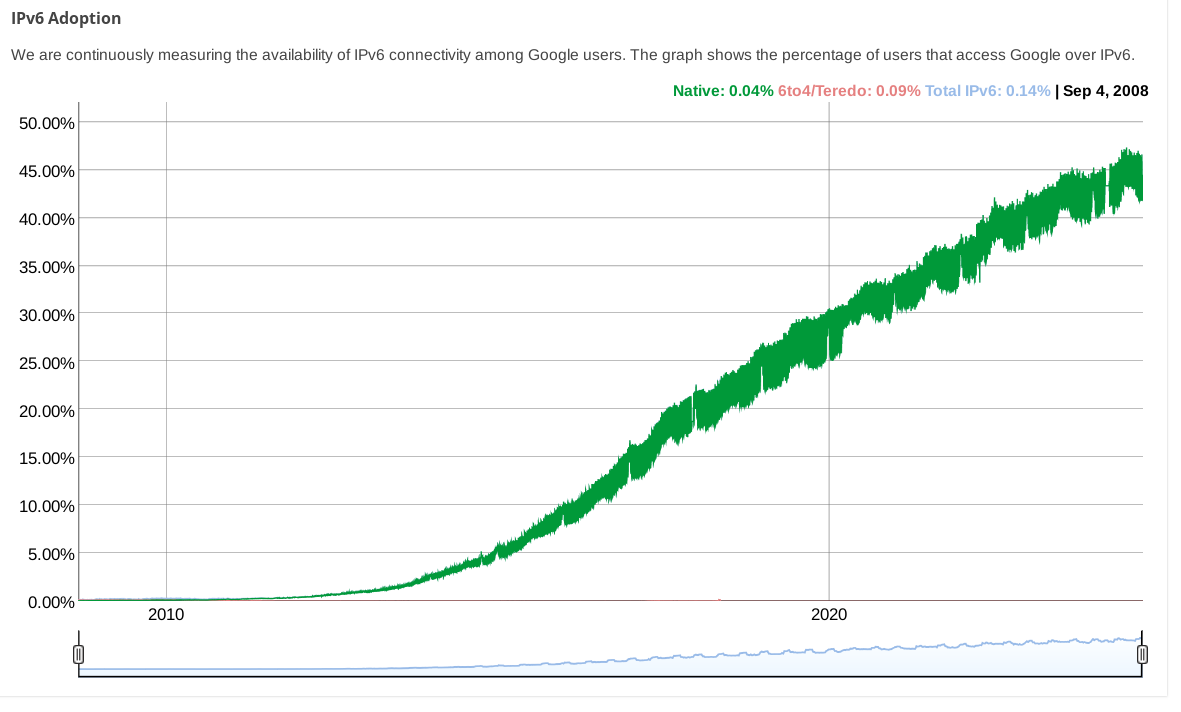

that flag is upside down 🤘
cultural reviewer and dabbler in stylistic premonitions


that flag is upside down 🤘
keep it steady? did you neglect to install the shock absorbing plate?

I think it depends which side of the debate one is on?
$ systemd-analyze calendar tomorrow
Failed to parse calendar specification 'tomorrow': Invalid argument
Hint: this expression is a valid timestamp. Use 'systemd-analyze timestamp "tomorrow"' instead?
$ systemd-analyze timestamp tuesday
Failed to parse "tuesday": Invalid argument
Hint: this expression is a valid calendar specification. Use 'systemd-analyze calendar "tuesday"' instead?
ಠ_ಠ
$ for day in Mon Tue Wed Thu Fri Sat Sun; do TZ=UTC systemd-analyze calendar "$day 02-29"|tail -2; done
Next elapse: Mon 2044-02-29 00:00:00 UTC
From now: 19 years 4 months left
Next elapse: Tue 2028-02-29 00:00:00 UTC
From now: 3 years 4 months left
Next elapse: Wed 2040-02-29 00:00:00 UTC
From now: 15 years 4 months left
Next elapse: Thu 2052-02-29 00:00:00 UTC
From now: 27 years 4 months left
Next elapse: Fri 2036-02-29 00:00:00 UTC
From now: 11 years 4 months left
Next elapse: Sat 2048-02-29 00:00:00 UTC
From now: 23 years 4 months left
Next elapse: Sun 2032-02-29 00:00:00 UTC
From now: 7 years 4 months left

(It checks out.)
Surprisingly its calendar specification parser actually allows for 31 days in every month:
$ TZ=UTC systemd-analyze calendar '02-29' && echo OK || echo not OK
Original form: 02-29
Normalized form: *-02-29 00:00:00
Next elapse: Tue 2028-02-29 00:00:00 UTC
From now: 3 years 4 months left
OK
$ TZ=UTC systemd-analyze calendar '02-30' && echo OK || echo not OK
Original form: 02-30
Normalized form: *-02-30 00:00:00
Next elapse: never
OK
$ TZ=UTC systemd-analyze calendar '02-31' && echo OK || echo not OK
Original form: 02-31
Normalized form: *-02-31 00:00:00
Next elapse: never
OK
$ TZ=UTC systemd-analyze calendar '02-32' && echo OK || echo not OK
Failed to parse calendar specification '02-32': Invalid argument
not OK


Funny that blog calls it a “failed attempt at a backdoor” while neglecting to mention that the grsec post (which it does link to and acknowledges is the source of the story) had been updated months prior to explicitly refute that characterization:
5/22/2020 Update: This kind of update should not have been necessary, but due to irresponsible journalists and the nature of social media, it is important to make some things perfectly clear:
Nowhere did we claim this was anything more than a trivially exploitable vulnerability. It is not a backdoor or an attempted backdoor, the term does not appear elsewhere in this blog at all; any suggestion of the sort was fabricated by irresponsible journalists who did not contact us and do not speak for us.
There is no chance this code would have passed review and be merged. No one can push or force code upstream.
This code is not characteristic of the quality of other code contributed upstream by Huawei. Contrary to baseless assertions from some journalists, this is not Huawei’s first attempt at contributing to the kernel, in fact they’ve been a frequent contributor for some time.


Wasn’t Huawei trying to put a Backdoor into linux?
as far as i know, that has not happened.
what makes you think it did?


fremdscham++ 😬


The headline should mention that they’re breaking 22-bit RSA, but then it would get a lot less clicks.
A different group of Chinese researchers set what I think is the current record when they factored a 48-bit number with a quantum computer two years ago: https://arxiv.org/abs/2212.12372
I guess the news here is that now they’ve reached 22 bits using the quantum annealing technique which works on D-Wave’s commercially-available quantum computers? That approach was previously able to factor an 18-bit number in 2018.
🥂 to the researchers, but 👎 to the clickbait headline writers. This is still nowhere near being a CRQC (cryptanalytically-relevant quantum computer).
this is probably a stronger argument to get people to vote for her:
 what she’ll do
what she’ll do
 what her opponent won’t be able to do if she wins.
what her opponent won’t be able to do if she wins.


headline was more exciting before i read the last four words of it


i can’t help but wonder if there isn’t some more useful science that these scientists could be doing (i write, while reading garbage on the internet)


All two-letter TLDs are ccTLDs.
However, several of them are not in ISO 3166-1.


I don’t think any of his stuff would seem shocking by today’s standards.


Or you could just… learn to use the modern internet that 60% of internet traffic uses? Not everyone has a dedicated IPv4 anymore, we are in the days of mobile networks and CGNAT. IPv4 exhaustion is here today.
Where are you getting 60%? Google’s IPv6 Adoption page has it under 50% still:

(while other stats pages from big CDNs show even less)


If you have ::/0 in your AllowedIPs and v6 connections are bypassing your VPN, that is strange.
What does ip route get 2a00:1450:400f:801::200e (an IPv6 address for google) say?
I haven’t used wireguard with NetworkManager, but using wg-quick it certainly adds a default v6 route when you have ::/0 in AllowedIPs.


You could edit your configuration to change the wireguard connection’s AllowedIPs from 0.0.0.0/0 to 0.0.0.0/0,::/0 so that IPv6 traffic is routed over it. Regardless of if your wireguard endpoint actually supports it, this will at least stop IPv6 traffic from leaking.


ipv4 with an extra octet
that was proposed as “IPv4.1” on April 1, 2011: https://web.archive.org/web/20110404094446/http://packetlife.net/blog/2011/apr/1/alternative-ipv6-works/
does your resume include a sokoban clone?